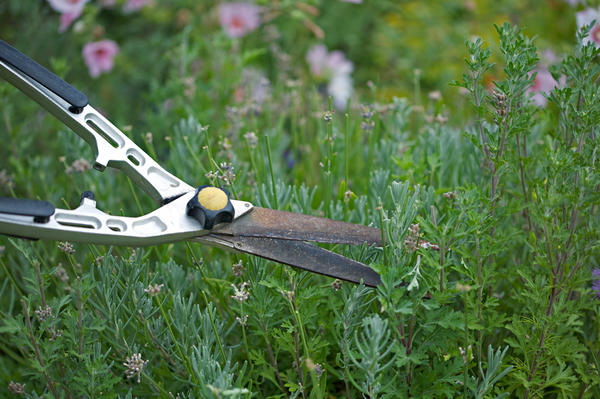How to care for lavender in fall to get it ready for winter
Lavender is a very beautiful Mediterranean plant that adorns our gardens too. In order for this southerner to delight you every year with its flowering and aroma, it is very important to properly care for the shrub after its flowering, as well as in the fall, while preparing the lavender for winter.
Let's figure out what to do with lavender in the fall.

Content
Features of lavender care in autumn and preparation for winter: what to do with shrubs after flowering
Recommended measures for the care of lavender in the fall and in preparation for winter usually include the following:
- loosening near-trunk circle of bush and weeding (weed removal);
However, rarely does anyone grow lavender without mulch, and mulching excludes loosening and weeding.
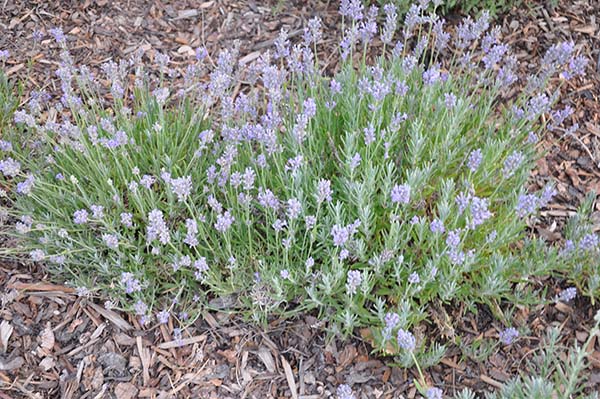
- feeding;
- trimming, to clarify, a haircut;
The trimming procedure is optional, i.e. performed at the request of the gardener.In other words, whoever wants to and cuts (forms). But there are still several recommendations.
- shelter for the winter (mulching).
By the way! In autumn you can line sprigs of lavender for its vegetative propagation.
Do I need to feed lavender in the fall
Feed lavender several times per season:
- In the spring, nitrogen fertilizers are used to build up green mass, for example, urea (at the rate of 1 tbsp. Spoon for 1 bucket of water).
- During the budding period and during flowering, the plant needs a lot of potassium, which means that you need to do potassium fertilization, for example, with potassium sulfate or potassium nitrate. A weaker, but much more popular potash fertilizer is solution wood ash (100 grams per bucket of water).
By the way! If you use compost as a mulching material, then you most likely will not need additional feeding.
- Fall - Usually, lavender is not fertilized, although you can give it some phosphorus (superphosphate), and this can be done even in the summer, when you do potash fertilizing.
When and how to prune lavender
Why prune lavender
Most often, lavender is pruned several times per season for very different purposes.
- If you want to do composition of dried flowersthen cutting down lavender is recommended at the beginning of floweringwhen the buds begin to open. It is in this form that lavender can stand dry all winter.
- If you want to brew tea, use as a seasoning (or prepare seeds for propagation), then you need to cut the lavender at the end of flowering (late June-early July).
Moreover, by pruning after flowering, lavender will be able to bloom again in early fall (September).
If this is not the case, then it is possible that your variety is not prone to re-flowering or the plant does not have enough warmth (you live in a very cool region).
- In autumn, after re-flowering, the final formative pruning is done (at the end of September-October, maximum at the beginning of November).
By the way! In general, during re-flowering, you can again prepare twigs for dried flowers (before flowering) or tea (at the end of flowering).
Video: how and when to prune lavender
How to prune lavender properly
So, as we have already found out, after flowering, it is recommended to cut off its peduncles from lavender.
Now let's figure out how to do it correctly:
- Naturally, pruning each flower is tedious and unproductive, so you need take many peduncles in an armful at once and cut off;
- Are subject to removal only peduncles, the bushes do not need to be pruned.
This can be done with a regular pruner or with large garden shears.
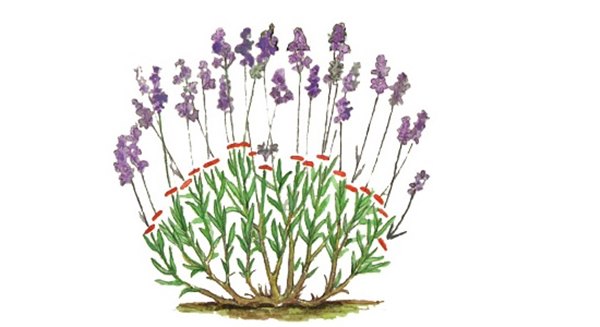
And already in autumn, after re-flowering, you can spend forming bushes, i.e. downright cut the bushes themselves, bringing them to the desired shape (for example, a ball).
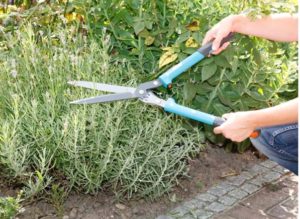
Some tips for pruning lavender in autumn:
- At this stage, you will need large garden shears.
- You can cut both very short and leave enough.
But in any case, you can only trim to lignified parts.
However, it is worth considering that the shorter you cut it, the later it will wake up in the spring; on the other hand, the more neat your bushes will be.
As a rule, lavender is pruned, leaving 15-20 cm to the ground.
- At the same time, it is highly desirable to completely get rid of the branches that lie on the groundtrimming them to a lignified part, as they will only spoil the appearance.
Video: pruning lavender in the fall
Lavender shelter for the winter
Some believe that lavender winters very badly and is highly prone to freezing. They even recommend pruning the lavender in the spring. autumn pruning can provoke freezing of the bush (although, if you do not prune it in autumn, the branches may simply break off under the weight of the snow). However, this opinion is somewhat mistaken.
Interesting! Lavender is more likely to get wet in the spring (after the snow melts) than freeze.Therefore, in no case should it be planted in lowlands or wetlands.
Lavender is a fairly frost-resistant plant (it can withstand frosts down to -25 degrees), thanks to its deep (pivotal) root system.
However, the root system of young bushes is not yet developed, which means that they can actually freeze out. That is why they need additional shelter for the winter.
Thus, usually lavender is not covered for the winter, especially in warm countries, but in cooler regions, some insulation is required, but only for young bushes (recently planted).
By the way! The site has an article about how to properly plant and grow lavender.
How to shelter lavender for the winter than mulch
Suitable mulch for lavender is compost, humus (it will also be a long-lasting fertilizer), straw, rotted sawdust.
Just take it and pour it under the bushes, pushing the branches away.
It is only worth mulching the trunk circle: the trunk itself should not be covered with mulch, otherwise the plant may rot.
If you have very severe frosts, and there is little snow, then it is advisable not only to mulch, but also to cover the lavender for the winter with non-woven material (the same spunbond, lutrasil) or spruce branches, especially in the first year, when the bushes have not yet grown deep roots.
If your winters are snowy, then a layer of mulch will be enough, as a last resort you can use snow. Yes, snow is the best covering material. Just cover the bush with snow and that's it.
Interesting! English lavender (better known as narrow-leaved) quite frost-resistant, which cannot be said about her French (broadleaf) a variety that it is desirable to grow in a pot, and take it to a warmed loggia or to a windowsill for the winter.
Indeed, many gardeners in the first winter are afraid to leave lavender to winter in the open field, so they dig it up, transplant it into pots and bring it into the house.
How to keep lavender indoors in winter
Advice! If you have an insulated loggia, then this option will be preferable, because it will not be as dry and hot there as in the apartment, on the windowsill, which means that you practically won't have to water and moisturize.
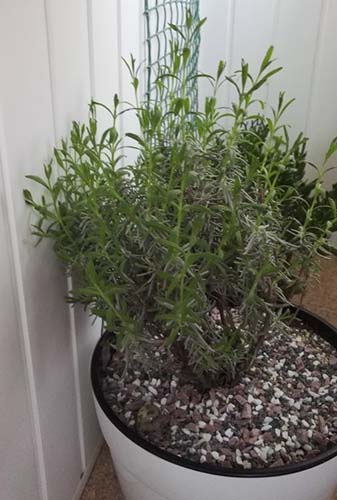
Thus, caring for lavender in the fall and preparing it for winter is no more difficult than any other plant. The main thing is to follow all the recommended procedures, and then the shrub will respond with active, exuberant flowering every year.
Video: how to prepare lavender for winter


